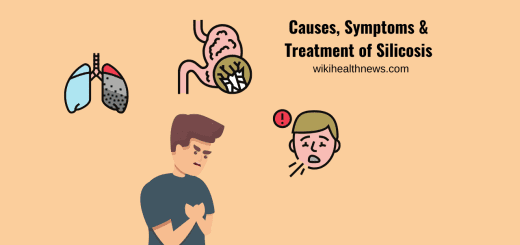Painful Earwax & Its Complications

Earwax Buildup and Blockage
Earwax is also known as cerumen, which is made in body to protect the ears. The ear wax will have both the lubricating and antibacterial properties. If this infection is untreated they will cause hearing loss, irritation, pain in the ear, dizziness, ringing in the ears and other problems. Earwax will be removed in various ways.
What is painful earwax?
Many times, the dried earwax will moved through the ear canal by jaw motions like chewing while the skin in ear grows in and out. When it reaches the outside of the ear, it falls down. If this process doesn’t happen the wax inside ear become dried up and gives rise to painful earwax impaction.
Earwax occurs in the outer part of the ear canal, not much inside the ear. It is developed by dead skin cells and hair which is combined with the discharge from 2 different glands.
Complications of earwax buildup and blockage
If this infection is untreated, more earwax will develop symptoms of earwax blockage to become worse. These symptoms will include hearing loss, ear irritation, etc. A buildup of earwax will also make it difficult to visual into the ear, which may give a potential problems going undiagnosed.
Does the color of earwax mean anything?
Good earwax comes in a range of colors, but sometimes color give the meaning. Wet earwax will start in a range of colors like light yellow, honey-color, and orange-brown. Wet earwax will be sticky. Dry earwax appears whitish or gray in color and is flaky.
Mostly darker colored earwax is older earwax. It will contain dust and more exposure to the air.
If the earwax is more of discharge, like it will contain white or greenish pus then contact the doctor. You should also contact the doctor if seen blood or if the earwax is look like obviously black.
Symptoms of earwax buildup and blockage:
- A feeling of fullness in the ear
- Pain in the ear
- Difficulty in hearing, which will continue to get worsen
- Ringing in the ear (tinnitus)
- A feeling of itchiness in the ear
- Discharge or odor from the infected ear
- Dizziness

Treatment
Earwax can be treated in several ways. Some methods can be done in home also.
You can clean the outside of the ear by clean with a cloth. Don’t put the cloth inside the ear and push it into the ear canal
Instead of that you can use cerumenolytic solutions (solutions to dissolve wax) into the ear canal. These solutions include:
- Mineral oil
- Baby oil
- Glycerin
- Hydrogen peroxide or peroxide-based ear drops
- Saline solution
With these solutions, can also put some drops into the affected ear and lie on the opposite side so that the solution can go inside of the affected ear. And also can use soaked cotton ball and put it over the affected ear and let the solution go inside of the ear.
The next option is irrigating or syringing the ear. This includes a using syringe to rinse out the ear canal with water or saline solution. Mostly, this is done after the wax looks softened or dissolved by a cerumenolytic.
Finally, the doctor will remove the wax manually using special instruments. The doctor will use a cerumen spoon, forceps, or suction device.
How not to clean the ears
Don’t use suction kind of device for home use. It will not work for most people and aren’t recommended.
Ear candles, is one of the best, advertised as a natural method to remove earwax, are ineffective. They can also develop injuries like burns to the external ear and ear canal and perforation of the eardrum.
Who will experiences painful earwax?
Earwax buildup can happen to many people. It’s mostly occurs in about 10% of children and 5% of adults who are healthy.
However, it is more likely to develop in:
- Who mostly use the hearing aids, ear plugs or ear buds.
- Who having more ear hair or who have certain skin conditions.
- Who use more cotton swabs or other items into their ears.
- Aged people.
- People who having developmental disabilities.
- People who have ear canals shaped in such a way as to interfere with natural wax removal.
Diagnosis of earwax buildup
The doctor will look into the ears with a special instrument, called an otoscope, to examine the earwax buildup is present.
Prevention
Don’t paste anything into the ears to clean them. Use the cotton swabs in outside of the ear. Remember, earwax on its own is not a bad thing. It’s present to help keep the ears from getting infected. However, if it builds up, it can develop problems by irritating the ears and preventing the hear loss. It’s good and safe to clean the outside of the ears and to use drops or water to soften earwax.











